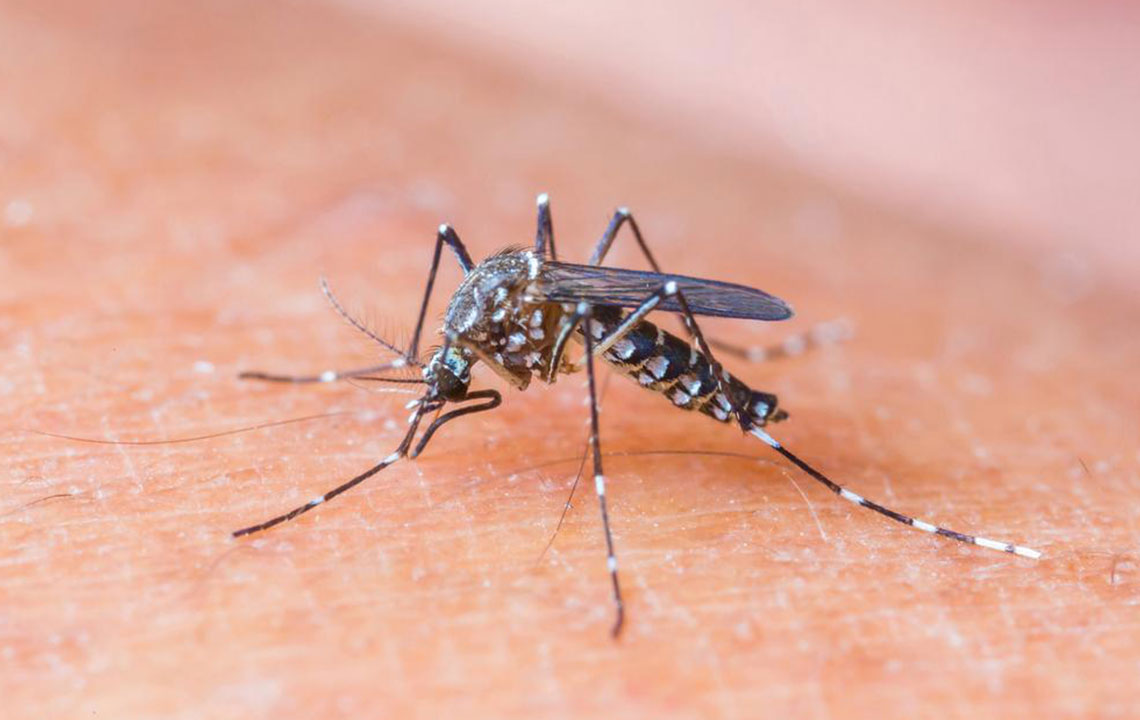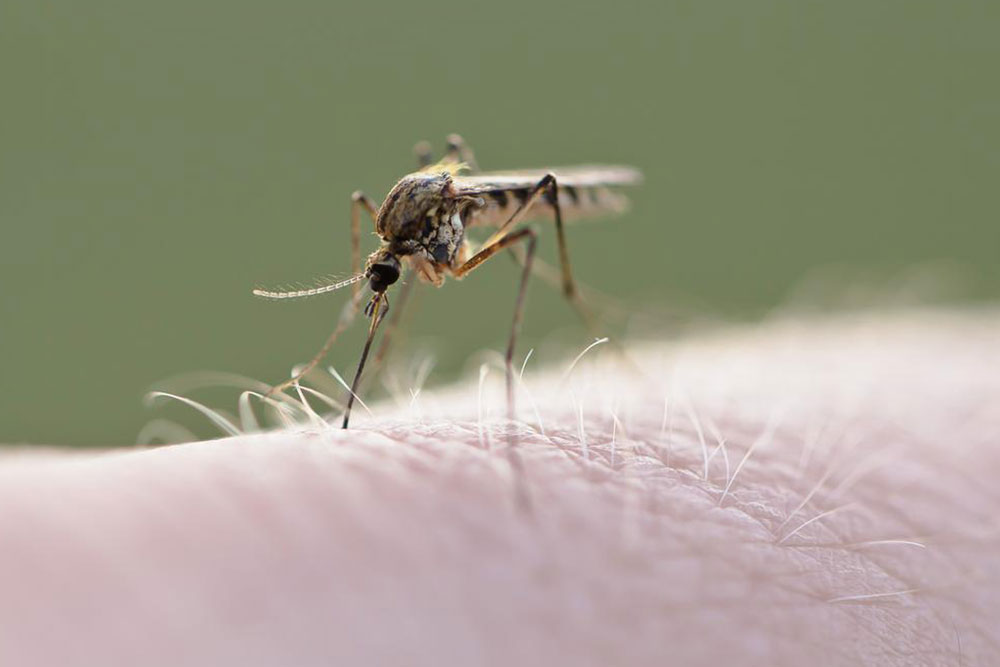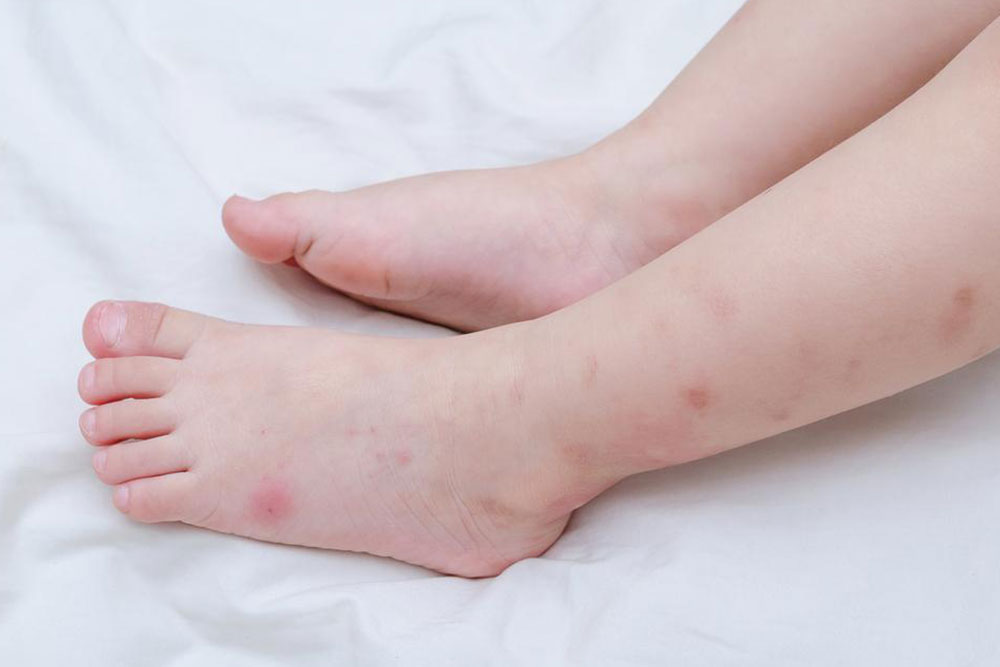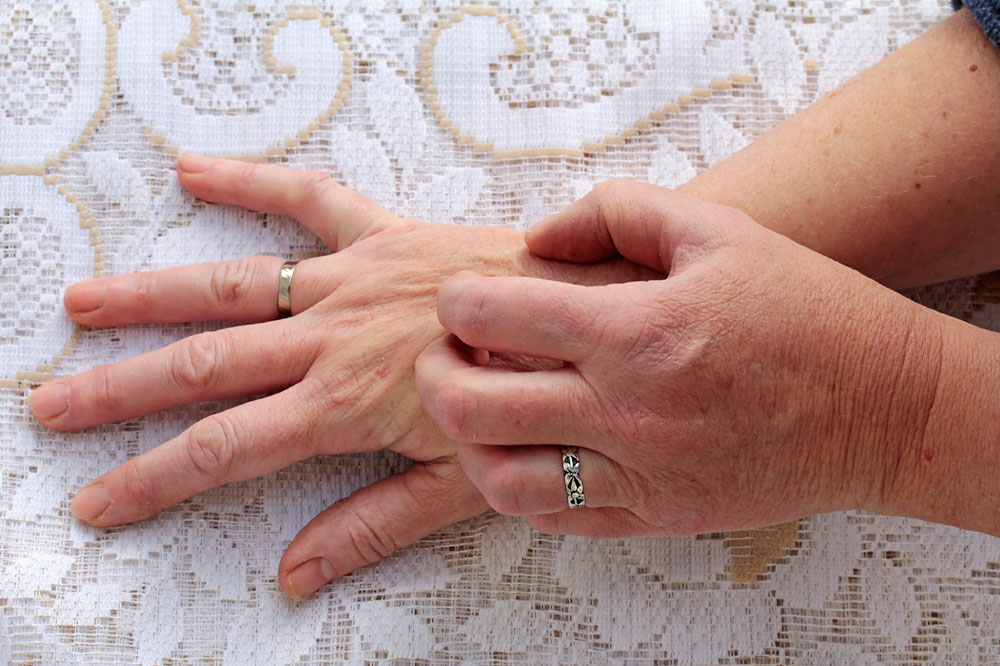How to Recognize and Identify Common Insect Bites
Learn how to identify common insect bites through physical signs and symptoms. Recognizing specific characteristics of bed bugs, spiders, mosquitoes, fleas, and flies helps facilitate prompt treatment. Always consult healthcare professionals for accurate diagnosis and management of insect bites to prevent infection and health issues.
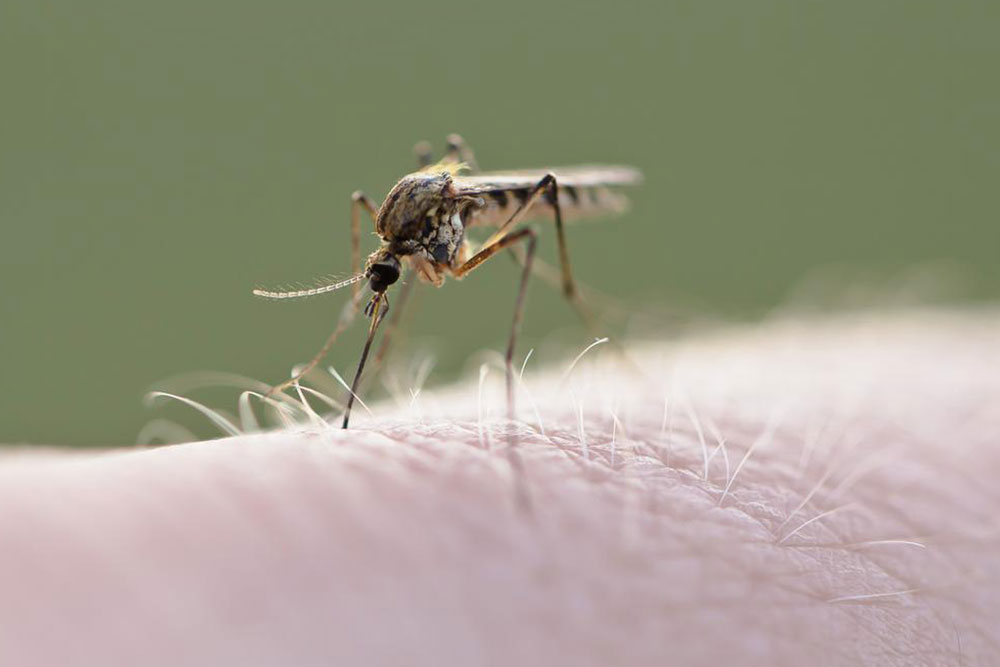
How to Recognize and Identify Common Insect Bites
Insects tend to bite or sting primarily when provoked. Spiders, bees, and wasps generally attack when disturbed, while other pests like mosquitoes, bed bugs, ants, fleas, and flies can bite unexpectedly. Prompt first aid is essential to prevent infection or health complications. Properly identifying the insect responsible helps guide effective treatment. Recognizing specific symptoms allows for targeted remedies that ease discomfort and promote healing.
Here are common signs to help identify different insect bites. If unsure, consult a healthcare professional for accurate diagnosis and immediate treatment.
Bed bug bites: Look for swollen red patches with dark centers, often in clusters or lines. Online images can assist in distinguishing bed bug bites from other skin reactions.
Spider bites: Key indicators include blisters, puncture marks, local pain, redness, itching, skin discoloration, and sometimes systemic symptoms such as cramps, sweating, or headache. Recognizing these signs helps identify recluse or garden spider bites.
Mosquito bites: Immediate reactions involve itching, redness, and round swelling. Multiple bites can occur, often accompanied by burning sensations and increased swelling over time.
Flea bites: Typically around the ankles and lower legs, flea bites cause itchy bumps with reddish halos, often appearing soon after the bite.
Fly bites: Bites from sand flies, tsetse flies, or deer flies produce painful red bumps and blisters. These flies feed on blood, increasing the risk of infection if not properly treated.
Note:
Our blog provides helpful information across various topics, based on thorough research. However, content should not replace professional medical advice. Always consult healthcare providers for proper diagnosis and treatment. The site may not list all available remedies or offers, so seek additional information as needed.



